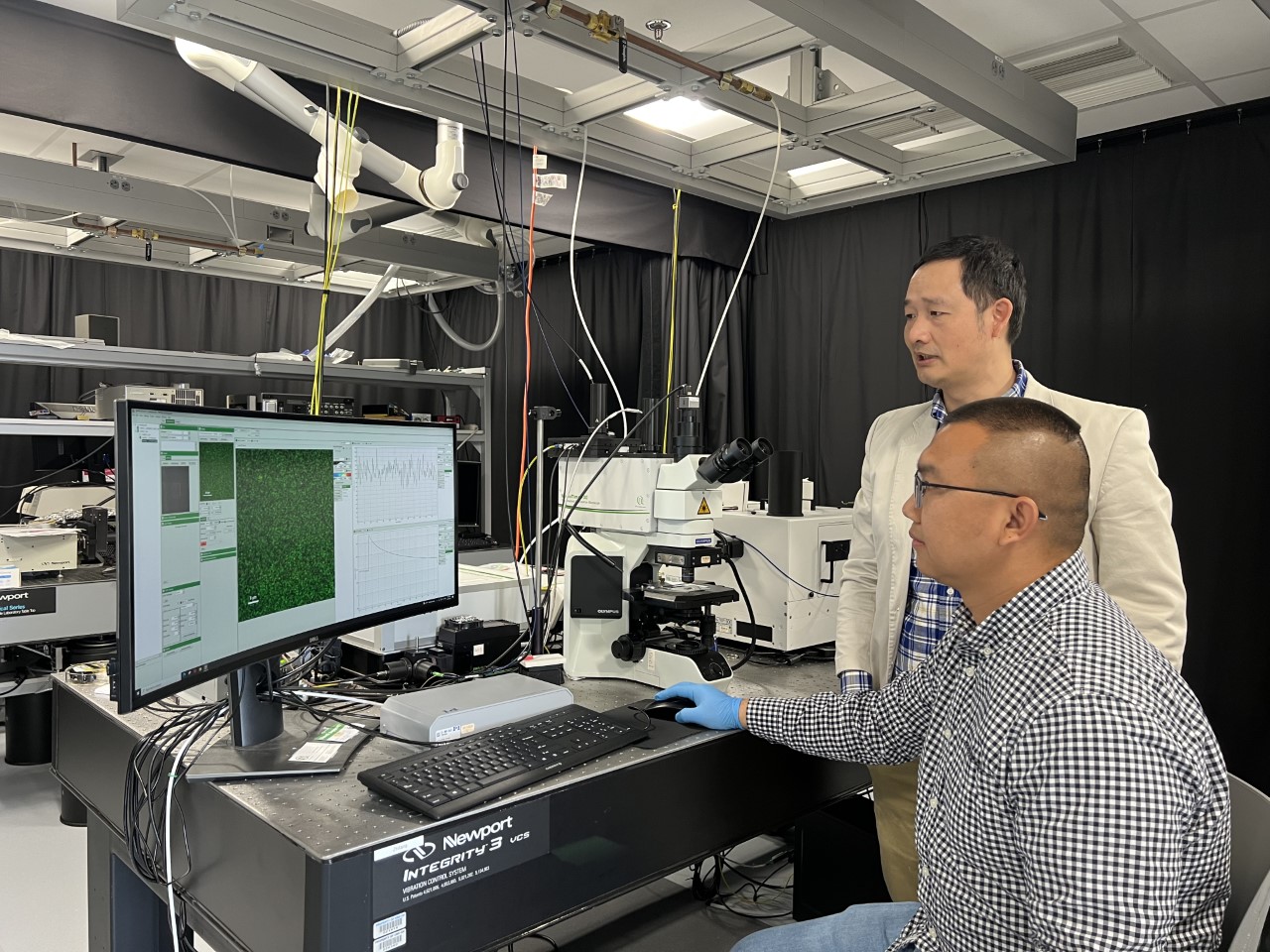Self-powered photon counting detector may facilitate safer medical imaging and clearer photos in low light environments
Self-powered photon counting detector may facilitate safer medical imaging and clearer photos in low light environments

Q: What was the goal of this research?
A: Our group wanted to create technology to improve current photon detectors (called SiPMs, or silicon photomultipliers) because current detectors are limited in functionality and in how they can be applied. To address these problems, we wanted to develop technology that can detect and measure weak light in a way that is cost-effective and with high confidence.
Q: How does this research address limitations of existing photon detectors?
A: Current commercial photon counting detectors based on SiPMs have several limitations, including their cost, size, and temperature sensitivity. Since our detector is not as sensitive to temperature or as susceptible to magnetic fields, it can be used for a broader range of scientific and everyday applications than current photon detectors.
Q: How might this research impact our everyday life?
A: Our photon counting detector has the potential to improve products in the fields of imaging, sensors, and communications. For instance, the new technology may facilitate safer medical imaging like CT scans and reduce risks from radiography.
Further, cell phone cameras use photodetectors to take photographs. If this new technology can be integrated into our cell phones, we can potentially take clearer photos in dim light. Also, self-driving cars acquire high-resolution depth information via photodetectors, so our photon counting detectors can potentially be employed here with better performance and potentially at a much lower cost. Moving forward, we hope that this efficient, cost-effective technology will have far-reaching implications for the general population.
Q: Your team used perovskite to create the photodetector. Can you explain why you selected this material?
A: Perovskite is a semiconductor material that is used across advanced technologies for its unique spin, optical, and electronic properties. It has been widely studied as the material for the next generation of low-cost thin film solar cells. Using perovskite to create our detector allows us to take advantage of the unique properties of this material to more accurately count single photons.
Q: Why is it important that this detector is “self-powered”? What is the benefit of this?
A: Perovskite is not very stable when subjected to external power sources. Uniquely, our detectors are self-powered simplified electronics that do not require the application of power. Instead of using external power sources like batteries, power is generated from detected light and results in increased stability.

